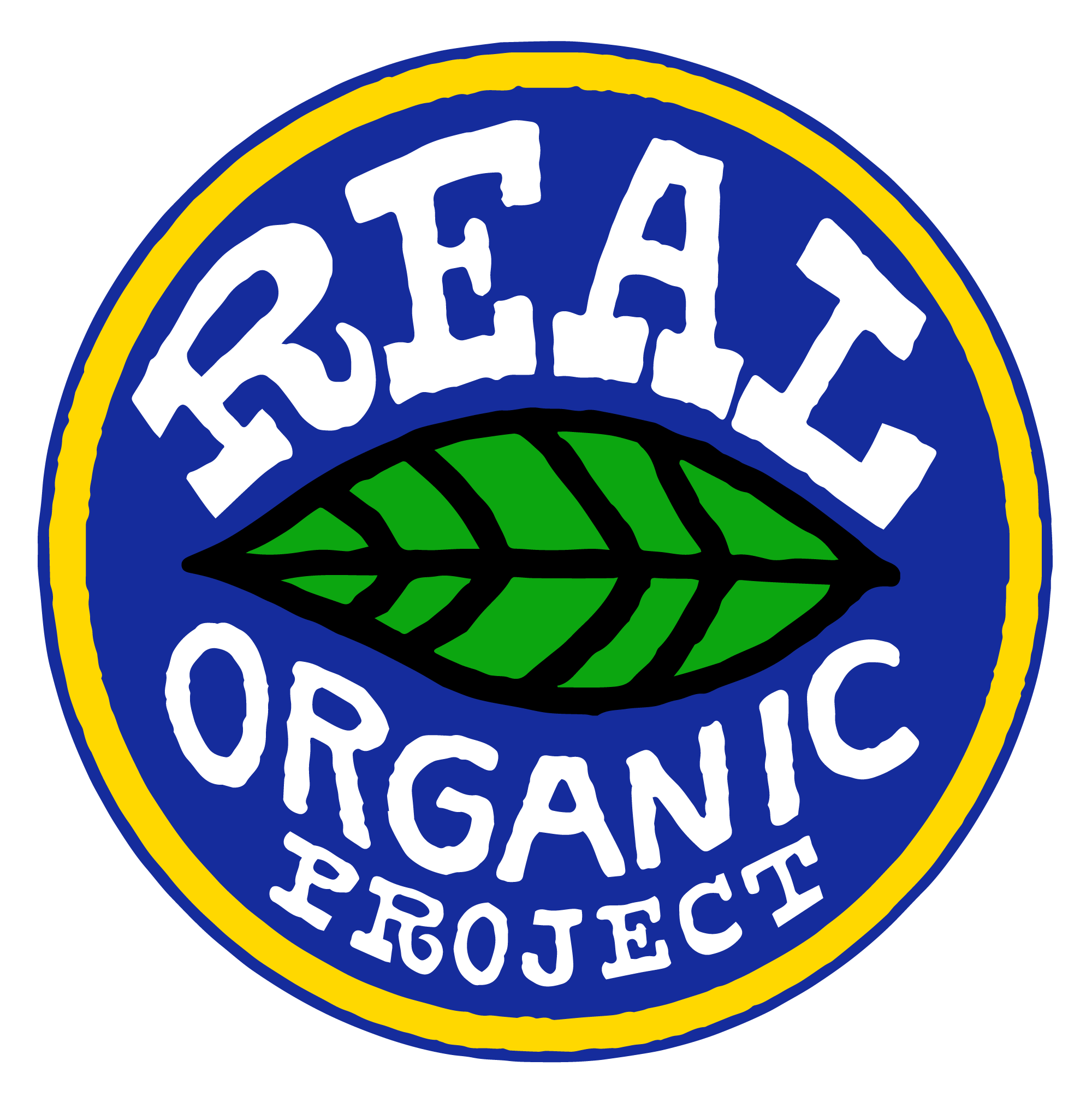Real Change: The Political Ecology of Food
I had the privilege of giving a farm tour to a college class entitled “Political Ecology of Food.” Prior to their visit, the student’s assignment was to watch the video on our homepage, “Why Real Organic Matters”. It’s a video that I have seen dozens of times, and somehow I’m still moved to tears.
Organic farming has such a beautiful history in the US. A story of rebel farmers building an alternative to chemical agriculture, one farm at a time, in spite of outward hostility and discrediting from academia and the government.
But this generation of students didn’t affiliate organic with those rebel farmers. For their entire lives, they have seen organic as an “industry” that included confinement livestock production, industrial hydroponics, flown in products from afar, and an overall disconnect between what was labeled organic and the values the movement was built on: healthy foods, produced with healthy soils, by many hands, within a regional food system that is fair to everyone involved.
Just like the pioneering organic farmers, these students see a troubled world before them, and they want to be part of real change.
An excellent discussion of “What do we do now?” ensued.
“Should we start over and work to build, from the ground up, another alternative to the organic alternative?” .

Is an Organic Red Bull really better than a conventional Red Bull?
“What about ‘Conventionalisation Theory,’” asked the professor?
“What will ensure that we don’t end up right where we are now, 20 years later, with another corrupted word?”
Then, a series of questions arose from the class that really had everyone stumped:
“Isn’t ‘industrial organic’ better than chemical farming?”
“Isn’t it better, at least, to use organic grain in a CAFO instead of chemical grain?”
“Isn’t it better to have hydroponic production without the toxic neonics and organophosphates used in conventional hydroponics?”
“Isn’t it better to have General Mills convert 1 million acres of conventional grain to ‘regenerative,’ no-till production even if that grain goes to CAFOs, and even if that means 1 million acres of fertilizers, pesticides, and glyphosate?”
After moments of silence surrounding these questions I posed this:
“Will these incremental improvements bring about the environmental, social, economic, and nutritional changes you envision for the future you wish to see materialize?”
All heads shook no.
“Then why not work toward the real systemic changes needed to build that future? Why settle for mediocrity because it is better than the alternative, while the problems you care about persist?”
Perhaps an organic Red Bull is better than a conventional Red Bull and an organic Dorito is better than a conventional Dorito, but is that really the question you want to ask? Is it worth the resources used to make either? Would the world be a better place if neither existed?

What about an Organic Dorito? Is this how we want to burn our precious fossil fuels? Wouldn’t the world be a better place if neither existed?
I felt a shift in mood and saw nods and smiles on the student’s faces when the right question started to materialize:
“What kind of world do I want to live in?” and, “Who is working to create that world?”
We each need to answer those questions, almost with every decision we make. We need to find like minded organizations doing the work that inspires us and push us to be our best selves. And then we need to join them to amplify their efforts.
Yours In The Dirt,
Linley

Visit our podcast series for the most interesting stories you can find. Together, these speakers dive deeply into the problems and solutions of our time, searching for the next steps.
Please join 1000 Real Friends to support our work.
Support Our 850+ Farmers – JOIN 1000 Real Friends




